What role do motors and drives play in the water industry?
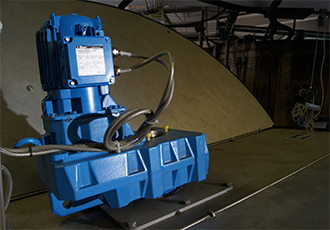
One our most vital resources, but one that we also tend to take for granted, is of course, water. For the water industry the processes that are required to maintain this service are numerous and provide many challenges in terms of efficiency and reliability. One of the most crucial components within the water treatment and delivery process is the humble electric motor, which along with its associated drive systems, provide the power necessary to keep the cycle in motion.
Markus Kutny, Product Manager for Energy Efficient Solutions at Bauer Gear Motor, explains the benefits of improved motor efficiency and how to achieve lower running costs.
It has been estimated that as much as 90% of all industrial electrical energy consumed within the water industry is used to drive an electric motor, making efficiency the highest priority in order to effectively manage rising energy costs. However, with water treatment a truly 24 hour process, reliability in an extremely challenging environment is another key factor.
Maintaining standards
Many markets identify minimum standards for equipment and processes operating within the water treatment sector in order to minimise any disruption of service. In the UK market there is a specific set of standards, known as WIMES, the Water Industry Mechanical and Electrical Specification, which defines the minimum standards of performance and construction for electric motors and the associated controls. The specifications were laid down after consultation between the UK water companies, manufacturers and suppliers and are updated on a regular basis in order to keep pace with design improvements and best working practices.
With any application involving motors that run continuously, any improvement in energy efficiency will have a very significant effect in reducing running costs. In recent years the majority of emphasis has been on the improvements which have been made in electric motor efficiency, in part due to the changing regulations which have focussed manufacturers and customers alike.
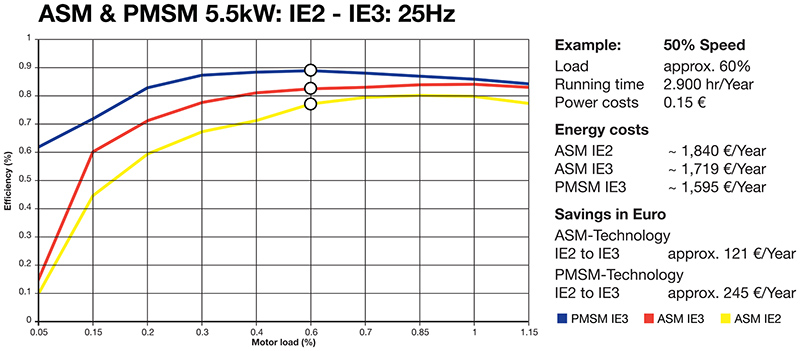
The introduction of IE3 regulations and the anticipated arrival of IE4 presents an opportunity for the water industry to embrace the latest in electric motor technology and also appreciate the cost savings that can be made. Manufacturers have developed new designs that will go beyond the required efficiency levels and enable operators to achieve significant savings in running costs.
While the legislation for IE3 came into force in January 2015 for motors above 7.5kW, some manufacturers, including Bauer, already offer an IE4 Super Premium Efficiency product, even for applications in potentially explosive atmospheres. However, some end users are cautious about investing in higher levels of efficiency because of the price differential between a traditional design and say that of a permanent magnet synchronous motor (PMSM). These concerns can be addressed by examining the scale of the cost savings, looking at the return on investment (ROI) and ensuring that any new motor is properly specified for the application.
PMSMs offer considerably improved efficiency when compared to induction motors, especially under partial load conditions, with proven energy savings of over 30%. They also have considerably higher power density, which, for geared motors, yields higher system efficiency with minimal installation volume.
Further improvements
However, in terms of the overall efficiency within a drive system which is powered by electric motors, the mechanical system also needs to be considered, as it possesses a significant potential for optimisation. Integrated geared motor designs remove the need for a coupling and bearing, thereby providing a close-to-perfect transmission efficiency. Equally helical bevel gearing should be considered over worm gearing as they are more efficient and provide a longer service life in most cases.
In many cases the drive systems for settlement tanks, filter beds and thickeners can benefit from improved mechanical efficiency, and the investment cost is soon recovered through a greatly reduced total cost of ownership. By working closely with manufacturers, new drive systems can be developed from a modular product range to precisely match the requirements of each application. In this way the electric motor will provide long term reliability with maximum efficiency and reduced running costs.
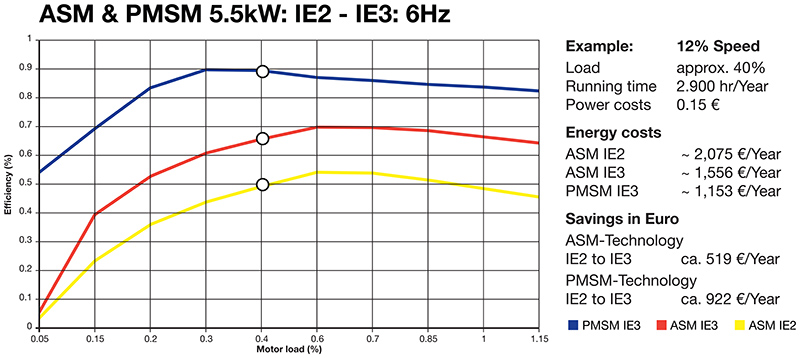
Further improvements can be made by focussing on the drive coupling, a crucial link between the electric motor and driveshaft, which can have a significant influence on the performance of the equipment. Couplings are designed to accommodate shaft misalignment, which may be present when one of the connected shafts is located by a self-aligning bearing, or when an unsupported, intermediate shaft is placed between the driver and the load.
Couplings capable of overcoming true angular misalignment include the single universal joint with its capacity to handle large offsets and torsional damping. Depending on the application, maintenance requirements and torque specification, the design of the coupling should be carefully scrutinised to ensure reliable performance as well as ease of maintenance. Specifying a coupling incorrectly can lead to inefficient power transmission as well as increased maintenance costs.
Improving efficiency
Operating efficiency has a very significant effect on running costs, with a typical IE2, asynchronous motor consuming 100 times its purchase price in electricity costs within its lifetime. Examining the mechanical efficiencies, and making significant improvements in this one area, can result in a reduction in overall power requirement from the electric motor. By installing a smaller motor, which is connected to a more efficient mechanical drive, the overall effect is to reduce energy consumption and improve reliability by using matched components.
When specifying drive systems for applications within tough environments, it is important to speak to a solutions provider with the experience to understand the implications of each individual scenario.
Downloads
Similar articles
More from Bauer Gear Motor GmbH
- Keeping water treatment systems running through flood conditions 5th March 2018
- What role do motors and drives play in the water industry? 22nd June 2017
- Are motors the missing puzzle piece in drive train efficiency puzzle? 1st September 2016
- Bauer delivers efficiency for Pharmaceutical sector 10th May 2016

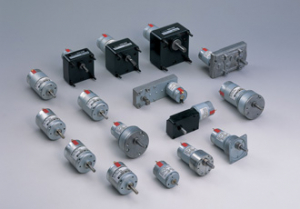
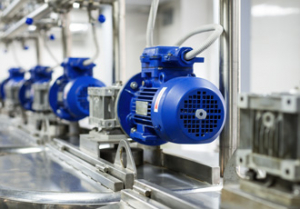

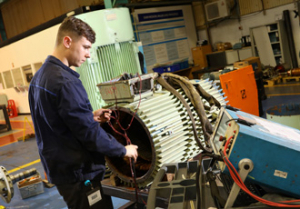







Write a comment
No comments